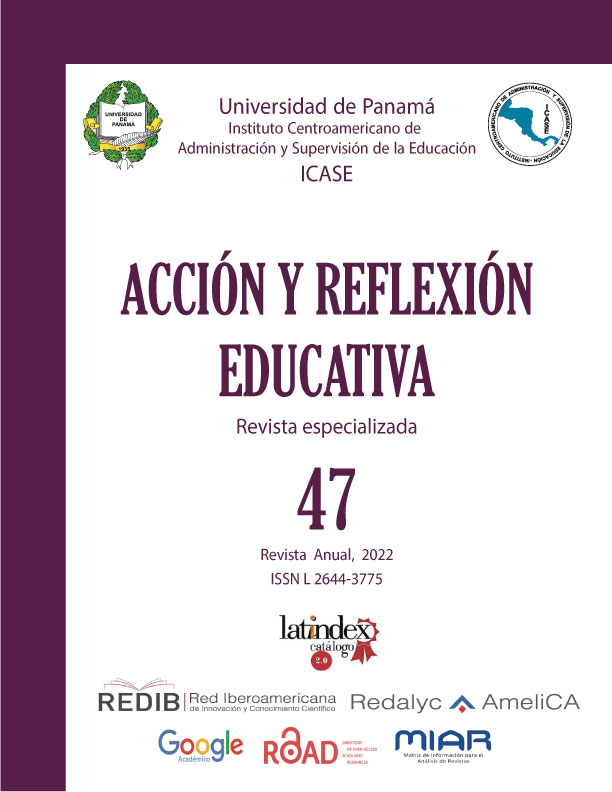References
Centro Interamericano para el Desarrollo del Conocimiento en la Formación Profesional. (2019). Diseño de módulos por competencias para apoyar procesos de certificación. Guía práctica. CETFOR. https://www.oitcinterfor.org/sites/default/files/file_publicacion/Guia_Competencias_Certificacion_new1.pdf
Díaz, A. (2015). Curriculum entre Utopía y Realidad. México: AMORRORTU.
Hay Group. (1996). Las Competencias: clave para una gestión integrada de los recursos humanos. España: Deusto S.A.
Hay Group. (2004). Taller: Competencias en la Gestión Humana. Caracas: Autor.
Hay Group. (2011). Gestión por Competencias en las Organizaciones.Olot: Hay Group. http://forumgarrotxa.com/congres/pdf/la-gestion-por-competencias.pdf
Hernández, R., Fernández, C. y Baptista, M. (2010). Metodología de la investigación. México: McGrawHill.
Hurtado de Barrera, J. (2010). Metodología de la Investigación: guía para una comparación holistica de la ciencia. Caracas: Quirón Ediciones.
Jonnaert, P., Barrette, J., Masciotra, D. & Yaya, M. (2008). La competencia como organizadora de los programas de de formación. Hacía un desempeño competente. Profesorado. Revista de curriculum y formación del profesorado, 32(1), Pp. 1-3.
Piñuel, J. (2002). Epistemología, metodología y técnicas del análisis de contenido. Estudios de Sociolingüística, 3(1), Pp. 1-42.
Rivero, S., Schmal, R. & Vidal, C. (2020). Fortalezas y debilidades de un programa para el desarrollo de competencias genéricas. Formación Universitaria, 13(4), Pp. 3-10. DOI: org/10.4067/S0718-50062020000400003
Supo, J. (2010). Seminarios de Investigación. Unidad de estudio. http://seminariosdeinvestigacion.com/unidad-de-estudio/
Tobón, S. (2005). Formación Basada en Competencias. Pensamiento complejo, diseño curricular y didáctica. Bogota: Ediciones ECOE.
Tobón, S. (2008). La formación basada en competencias en la educación superior: enfoque complejo. En S. Tobón, Formación Basada en Competencias. Guadalajara, México: Universidad Autónoma de Guadalajara. Grupo CIFE. https://cmapspublic3.ihmc.us/rid=1LVT9TXFX-1VKC0TM-16YT/Formaci%C3%B3n%20basada%20en%20competencias%20(Sergio%20Tob%C3%B3n).pdf
Tobón, S. (2013). La formación integral y competencias. Pensamiento complejo, currículo, didáctica y evaluación. (4ta. Ed.). Bogotá: ECOE. https://www.researchgate.net/profile/Sergio_Tobon4/publication/319310793_Formacion_integral_y_competencias_Pensamiento_complejo_curriculo_didactica_y_evaluacion/links/59a2edd9a6fdcc1a315f565d/Formacion-integral-y-competencias-Pensamiento-complejo-curriculo-didactica-y-evaluacion.pdf
Ugueto, M. (2013). Sistema de formación flexible a las necesidades del mercado laboral. Tachira. Tesis Doctoral, no publicada. Universidad Pedagógica Experimental Libertador.
Ugueto, M. (2016). Sistema para el fortalecimiento de la estructura de relaciones entre la educación universitaria y el sector empresarial. http://ciegc.org.ve/2015/wp-content/uploads/2017/02/Investigaci%C3%B3n-pedagog%C3%ADa-y-conocimiento.pdf


